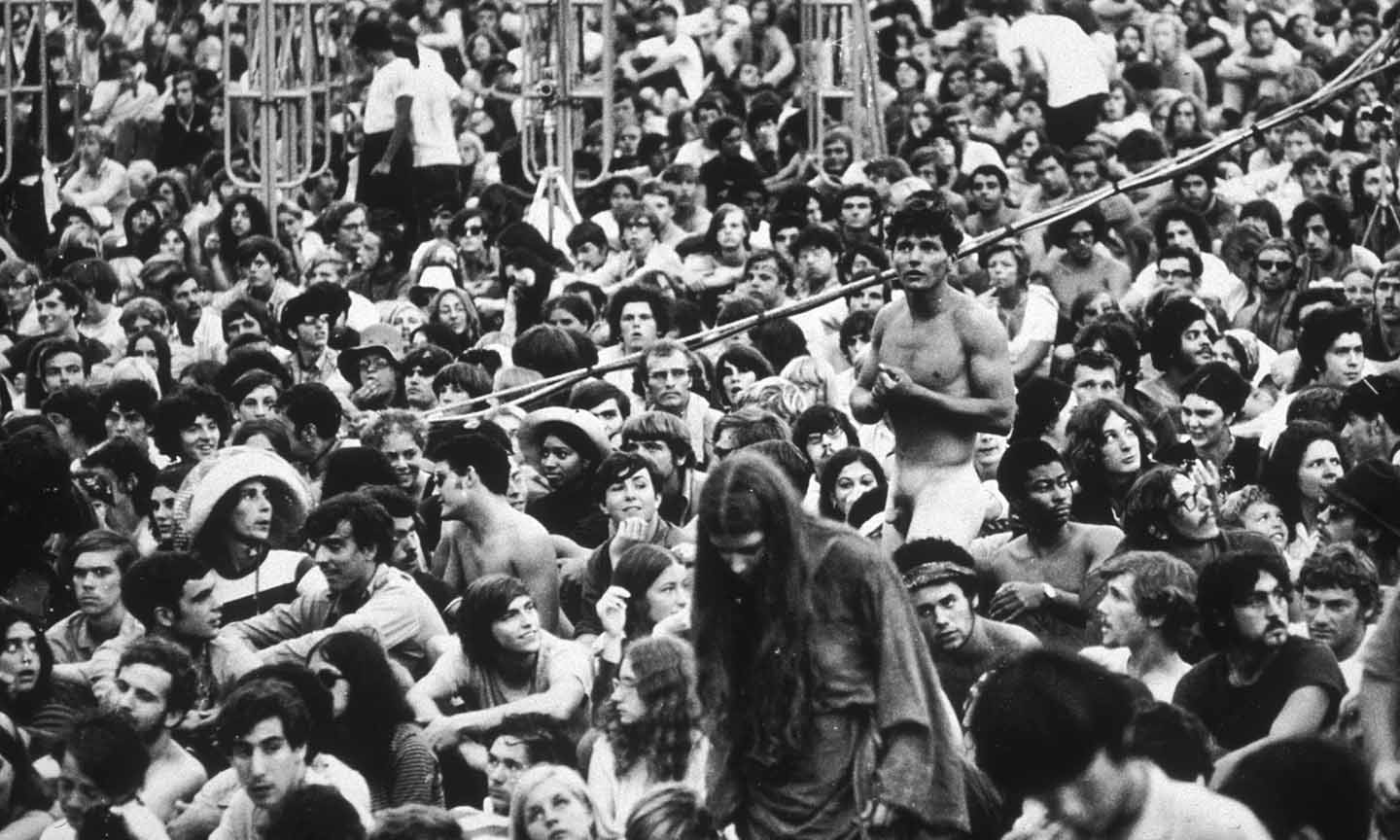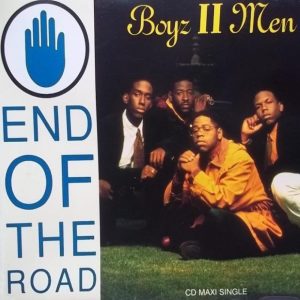No other music festival quite encapsulates the idealism of the 60s like Woodstock. This remarkable event, held at Max Yasgur’s 600-acre dairy farm, near White Lake in Bethel, upstate New York, is widely regarded as the defining moment of the late 60s counterculture. As such, the best Woodstock performances don’t just mark high points among the “three days of peace and music” the festival sought to provide, they stand as some of the most iconic musical moments written into history.
Woodstock Festival was up against it from the outset. Eventually sprawling over much of four days (August 15-18 1969), it was blighted by relentless rain, bad drugs, and on-site facilities to give modern festivalgoers the fear. Yet, despite its flaws, Woodstock pulled through. It’s now rightly regarded as a pivotal event in rock’n’roll history whose most lasting legacy is its groundbreaking music.
Here are 15 of the best Woodstock performances. Think we’ve overlooked any? Let us know in the comments section.
15: Joan Baez
In theory, Joan Baez was the headlining act on Woodstock’s first night. However, due to the interminable delays and seat-of-the-pants organization that characterized the entire event, the folk star didn’t make it on stage until the early hours of Saturday morning. Consequently, she greeted the crowd with a gentle “good morning” and opened her set with “Oh Happy Day.” Dedicating songs to her imprisoned, draft-resisting husband, David Harris, she performed rousing versions of “Joe Hill” and Bob Dylan’s “I Shall Be Released,” and finished on a high, leading the crowd in a fitting singalong of the civil-rights anthem, ‘We Shall Overcome’. (After 50 years, her full performance has been released digitally for the first time.)
14: Crosby, Stills, Nash And Young
You could argue this should just read “Crosby, Stills And Nash”, as Neil Young only performed two songs and flatly refused to be filmed for Michael Wadleigh’s Woodstock documentary. However, while nerves prevailed, and the superstar outfit were only playing their second gig (“We’re scared s__tless”, Stills announces at one point), they still delivered an inspired set, splitting their show into acoustic and electric sections which included classics such as “Guinnevere’, “Marrakesh Express” and “Mr. Soul.”
13: Canned Heat
While the rain finally stopped for a while on Saturday afternoon, the creativity also threatened to dry up onstage, with forgettable afternoon sets from blues-rocker Keef Hartley and whimsical folk outfit The Incredible String Band. Up next, however, were Canned Heat, whose heavyweight blues-rock was just the ticket to revive flagging spirits. Playing for around an hour, the Californian stalwarts got the festival back on track, with “On The Road Again,” “Going Up The Country” and the rollicking, 26-minute “Woodstock Boogie” all receiving a suitably enthusiastic response.
12: Ten Years After
Alvin Lee’s talented UK blues-rockers Ten Years After were already making waves in the US, having delivered feisty sets at the Newport Jazz Festival and the Seattle Pop Festival during the summer of 1969. With high points including a fantastic performance of Sonny Boy Williamson’s “Help Me” and a full-tilt rendition of “I’m Going Home,” their fierce Woodstock set catapulted them into the mainstream courtesy of “I’m Going Home,” which featured in Michael Wadleigh’s much-acclaimed 1970 documentary.
11: Jefferson Airplane
Jefferson Airplane was meant to close the Saturday night at Woodstock, but, like Joan Baez, they ended up performing the following morning, finally taking to the stage at around 8:00 am on Sunday. By way of an introduction, singer Grace Slick said, “All right, friends, you have seen the heavy groups, now you’ll see morning maniac music.” But despite the lateness/earliness of the hour, the San Franciscans duly delivered one Woodstock’s best sets, including landmark hits “Somebody To Love,” “Volunteers” and their psych-rock classic “White Rabbit.”
10: Richie Havens
Chaotic from the outset, Woodstock was meant to kick off at 3:00 pm on Friday, August 15. However, festival openers Sweetwater was still stuck in traffic long past their scheduled slot, so, at just after 5:00 pm, festival MC Chip Monck thrust singer-songwriter Richie Havens onstage to open the proceedings with what became a legendary performance lasting well over two hours. Clad in a magnificent orange robe, the Brooklyn-born folkie struck up “From The Prison” and went on to captivate the crowd, spontaneously improvising one of his greatest songs, “Freedom’, on the spot. The subsequent Woodstock movie helped Havens reach a worldwide audience and, when he died in 2013, his ashes were scattered from the air over the festival site.
9: Country Joe And The Fish
Country Joe McDonald played twice at Woodstock: firstly, on the Saturday as an impromptu solo act, then on Sunday with his band Country Joe And The Fish. However, it was the solo performance that still resonates to this day. Before his final song, he engaged the audience in what he and his band called the “Fish Cheer”: a chant that would normally spell out “F-I-S-H.” This time around, however, McDonald switched it to, “Gimme an ‘F’, gimme a ‘U’, gimme a ‘C’, gimme a ‘K’… what’s that spell?” “F__k!” the audience roared in unison. Following up, McDonald led the crowd in a 400,000-person singalong for his most famous song, the anti-war anthem “I-Feel-Like-I’m-Fixin’-To-Die Rag,” going down in history before he even left the stage.
8: The Band
Local Catskills residents The Band were reputedly the first group offered a slot at Woodstock, but thanks to Albert Grossman, manager of their primary employer, Bob Dylan, few outside of the festivalgoers heard the evidence until five songs from their Sunday-night set were finally included on the 2009 box set Woodstock: Forty Years On. That’s a great shame, for the pioneering Americana legends delivered one of Woodstock’s most sublime performances, airing tracks from their epochal debut album, Music From Big Pink, among them classics such as “Tears Of Rage,” “This Wheel’s On Fire” and their signature hit, “The Weight.”
7: Joe Cocker
Joe Cocker’s star was already in the ascendency after his magnificent, soul-flavored version of The Beatles’ “With A Little Help From My Friends” topped the UK charts in November 1968 and his album of the same name cracked the Top 40 of the Billboard 200. His widely-celebrated Woodstock appearance, however, made him a household name. Accompanied by his group, The Grease Band, the Sheffield soul belter had to be helicoptered into the site due to the huge crowds, but his heartfelt set (including “Let’s Go Get Stoned,” Dylan’s “Just Like A Woman” and the inevitable Beatles song) lifted the throng, despite the rainstorm that followed their performance.
6: Sly And The Family Stone
Though it ran horrendously behind schedule, Woodstock’s Saturday line-up was the stuff of legend, involving Creedence Clearwater Revival, Janis Joplin, and The Who. Sandwiched between Joplin and Pete Townshend’s troops, Sly And The Family Stone eventually took to the stage at 3.30 am on Sunday morning. Despite the pouring rain, their celebratory funk was a revelation and their hit-stuffed set (“Everyday People,” “Dance To The Music,” “I Want To Take You Higher”) gave the beleaguered crowd the shot of energy they so desperately needed.
5: Creedence Clearwater Revival
Creedence Clearwater Revival’s fierce, professionally-executed performance at Woodstock was thrown into even sharper relief as they followed on from Grateful Dead, whose rambling, 90-minute set was blighted by electric shocks and all manner of equipment and PA-related problems. CCR leader John Fogerty was not amused by the festival’s haphazard organization (he insisted they be omitted from Michael Wadleigh’s documentary), yet his band still rampaged through a blistering set including signature hits “Proud Mary,” “Born On The Bayou” and “Bad Moon Rising,” as their recently released Live At Woodstock album reveals.
4: Santana
If timing is everything in rock’n’roll, then Carlos Santana’s appearance at Woodstock couldn’t have been more perfect. When he took to the stage at Yasgur’s Farm on the Saturday afternoon, the precocious young guitarist was still a relative unknown, but his spellbinding slot turned him into an overnight success, with his debut album, Santana, subsequently peaking at No.4 in the US. His band’s nimble Latin-rock fusion caused a sensation at Woodstock, with Santana’s phenomenal guitar playing and Michael Shrieve’s drum solo during the colossal ‘Soul Sacrifice’ providing one of the festival’s legend-enshrining moments.
3: Janis Joplin
One of the unfettered highlights of her tragically short career, Janis Joplin’s Woodstock slot reminded the world of her truly exceptional talent. Though taking to the stage 10 hours behind schedule (at around 2:00 am on Sunday morning), Joplin performed a choice set, complete with brass section, which came off more like a Stax soul revue. Highlights included “Summertime’, “Piece Of My Heart,” “Kozmic Blues” and the inevitable “Ball And Chain,” but really the whole thing was an absolute tour de force that played like a trailer for her then-imminent I Got Dem Ol’ Kozmic Blues Again, Mama! album.
2: The Who
Woodstock may have been billed as “three days of peace and music”, but The Who were anything but mellow when they took to the stage at a delirium-inducing 5:00 am on Sunday morning. Tanked up and intense, the UK rock icons screamed through a scorching, hour-long set which included hits and deep cuts (“I Can’t Explain,” “My Generation,” “Heaven And Hell”), and a truncated version of their rock opera Tommy. The music comes first, but their performance is also famous for Pete Townshend yelling at Abbie Hoffman, “F__ off! F__k off my f__king stage!” after the pro-LSD political activist foolishly attempted to gatecrash the band’s set.
1: Jimi Hendrix
Though meant to run across three days, Woodstock’s disorganization meant it sprawled into the morning of Monday, August 18, 1969, with Blood, Sweat And Tears, Crosby, Stills Nash And Young, The Butterfield Blues Band, and more plowing on well after midnight. Huge chunks of the crowd had already drifted away, but after Sha Na Na’s novelty doo-wop set, headliner Jimi Hendrix finally shuffled onstage to play for the 30,000 souls that remained after 8:00 am. In truth, his loose, two-hour set with his short-lived Gypsy Sun And Rainbows ensemble fell some way short of his greatest live performance, yet it arguably remains his most iconic. That’s primarily because of his extraordinary rendition of “The Star-Spangled Banner”: a widely-acclaimed interpretation which, for many, reflected the turmoil and social change witnessed by this most idealistic of decades.
Looking for more? Discover the full story behind Woodstock, the bands that played, and the festival’s lasting impact.




